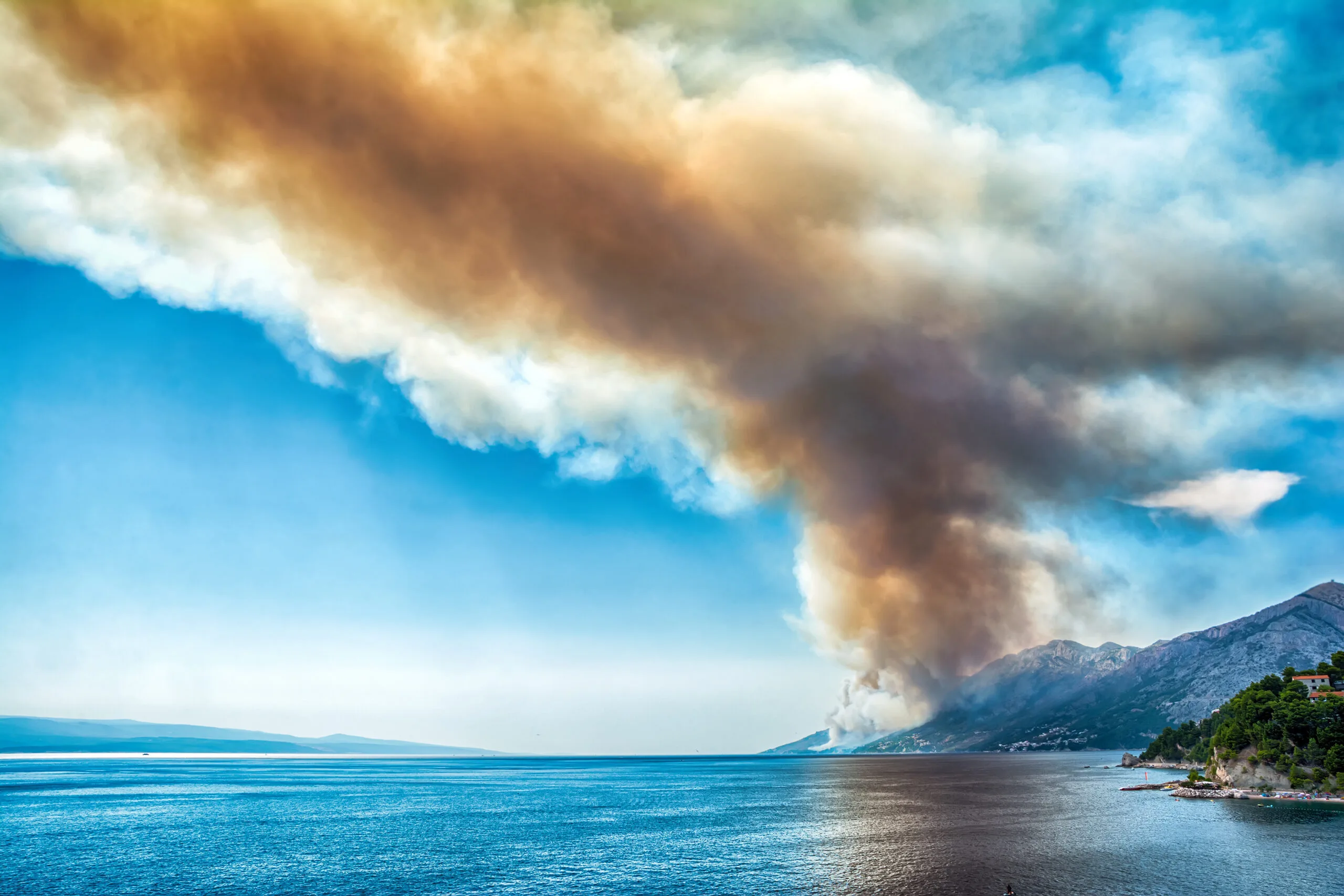
In a recent study, the scope and magnitude of the function dust, and soil particles carried by the wind and influencing the Earth’s climate, played in sustaining the world’s ocean ecosystems and assisting in the regulation of atmospheric carbon dioxide levels were examined.
This study was published in the journal Science under the direction of a scientist from Oregon State University (US).
Researchers have long known that phytoplankton rely on dust from land-based sources for essential nutrients.
A biological pump is a process by which the ocean contributes significantly to the carbon cycle. Surface water contains carbon dioxide that has been dissolved from the atmosphere; the phytoplankton uses photosynthesis to convert this carbon into organic matter. Some of this organic material sinks from the surface ocean to the depths of the ocean, where it is trapped.
In their latest study, the researchers calculated that dust deposition supported 4.5% of the world’s carbon emissions annually. They discovered substantially higher regional heterogeneity in this contribution, ranging from 20 to 40%.
“That’s important because it’s a pathway to get carbon out of the atmosphere and down into the deep ocean”, said Toby Westberry, lead author of the study and an oceanographer at Oregon State.
“The biological pump is one of the key controls on atmospheric carbon dioxide, which is a dominant factor driving global warming and climate change”, he added.
A process known as mixing or upswelling in the ocean carried nutrients from deep waters to the surface, giving crucial nutrients for phytoplankton development. However, some nutrients are also given by air dust.
Using satellite data, the scientists studied ocean color changes following dust inputs in this publication, building on previous research to assess phytoplankton response globally.
Greener water, for example, represented locations with abundant and robust phytoplankton populations, whereas bluer water represented regions with scant and often undernourished phytoplankton populations.
Researchers created a model of dust transport and deposition at the ocean’s surface.
The researchers discovered that the reaction of phytoplankton to dust deposition differed depending on the location.
Environments at lower latitudes have a tendency to be more stable, resulting in a delicate balance between phytoplankton development and predation. Thus, when dust enhanced phytoplankton health or growth rate, the new production was quickly devoured and passed up the food chain.
The relationship between phytoplankton and their predators was reduced at higher latitudes due to continually changing environmental conditions. As a result of dust-promoting phytoplankton development and predators falling behind, phytoplankton populations were found to have improved health and higher abundance.
Also read: A New Study Sheds Light On Rise Of The Earth’s Continents
To read more such news, download Bharat Express news apps


















